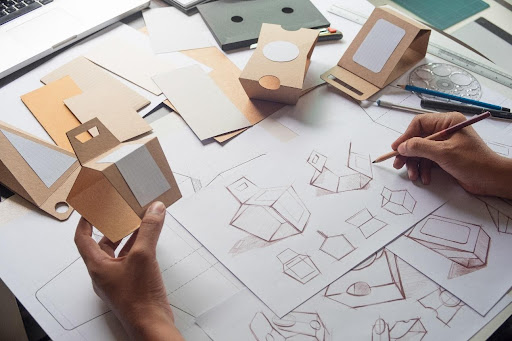In business planning and strategy, they need to shift from focusing on maximising throughput and sales margins to participating in continuous product and service cycles—that is, planning for products and services whose lifecycles are designed not to end or are meant to be sustained for as long as possible. Get out of the “selling more means more revenue” mindset and accept that you will instead have to devote more time and energy to managing complex, collaborative networks of suppliers, customers, retailers and manufacturers.
Product development should undergo two crucial shifts, according to a report by McKinsey. First, the process should become more collaborative: consider how you and your users could work together to make your product easier to reuse or remanufacture. Once you have determined how to design your product to be reusable or re-manufacturable, go a step further and incentivise users to return the item. One way to do so, is by giving rebates for the return of used products, which has the added benefit of securing a fuss-free collection scheme.
Stakeholders along the value chain—such as procurement and marketing staff, as well as distributors and retailers—should also have a say in the process. This approach is more likely than siloed development processes to yield products that make efficient use of resources. The McKinsey report shares an instance of a medical equipment manufacturer that found a way to make products more appealing to emerging markets after bringing sales, product development and other teams together. Their original products were too expensive for their target market; the inter-team collaboration, however, uncovered a solution: refurbish used medical equipment from more developed countries to create a product line that was more affordable for emerging markets.
Second, use design thinking to come up with user-centric products or services. One thing to ask customers is how to provide value and address their needs while using the minimum amount of materials. Sometimes this could mean offering a service rather than a tangible product, similar to how, for some people, cloud services have replaced their own devices as the preferred means to store data.
For sourcing and manufacturing, companies should prioritise renewable or restorable material inputs. Businesses working with fabrics, for instance, could opt for those made from natural, biodegradable fibres such as bamboo, Lyocell or hemp. Companies should also explore how to adequately source these from reverse supply chains, i.e., retrieving used products and materials from customers or other entities down their supply chain.
To protect against disruptions and make sure supplies are adequate, especially for materials coming from reverse supply chains, SMEs should consider sourcing from many different small-scale suppliers instead of making large-scale purchases from just one or a handful of suppliers. There are tradeoffs, however: sourcing from multiple suppliers will help make supply chains more resilient but will also increase their complexity; buying in bulk from one or two suppliers could come out cheaper but will make the business more vulnerable to disruptions. SMEs must, thus, actively gauge their risk tolerance and capacities in order to craft the most appropriate sourcing strategies.
To mitigate the risks associated with managing multiple suppliers, companies must put systems in place to properly vet potential suppliers, periodically reassess existing contracts, and step up production quality control to ensure your output’s consistency despite using various input sources. These will entail some cost but, as the pandemic showed, disruptions also come with a hefty price tag.
The circular economy also redefines customer relationships and moves away from product ownership towards access to functionality. As such, companies must shed the traditional sales mindset that views a successful purchase as the culmination of the customer relationship. Instead, focus on managing lengthier, more meaningful relationships with users by improving the quality of your customer service. Adjust the Key Performance Indicators (KPIs) for sales teams, and base incentives such as commissions and bonuses, on servicing metrics in addition to sales quotas.
For SMEs, nurturing longer relationships may seem like an expense rather than a source of revenue, but this is exactly the mindset that the circular economy is trying to change. A quick sale may contribute to short-term cash flow, but a longer relationship built around circular business models yields additional revenue streams. The Product Life Extension model, for instance, yields new earning opportunities through product upgrades and repairs. Product as a Service likewise allows for long-term revenue generation through lease or pay-per-use agreements.
Lastly, do not just do reverse cycle activities (looping materials back into the cycle) for the sake of compliance; look for growth opportunities embedded in these take-back or buy-back efforts. For instance, repurposing used materials could uncover efficiency gains and cost-savings. To make the most of this, however, businesses will need to be vigilant about quality control and figure out how best to reclaim, reuse and reprocess materials.








